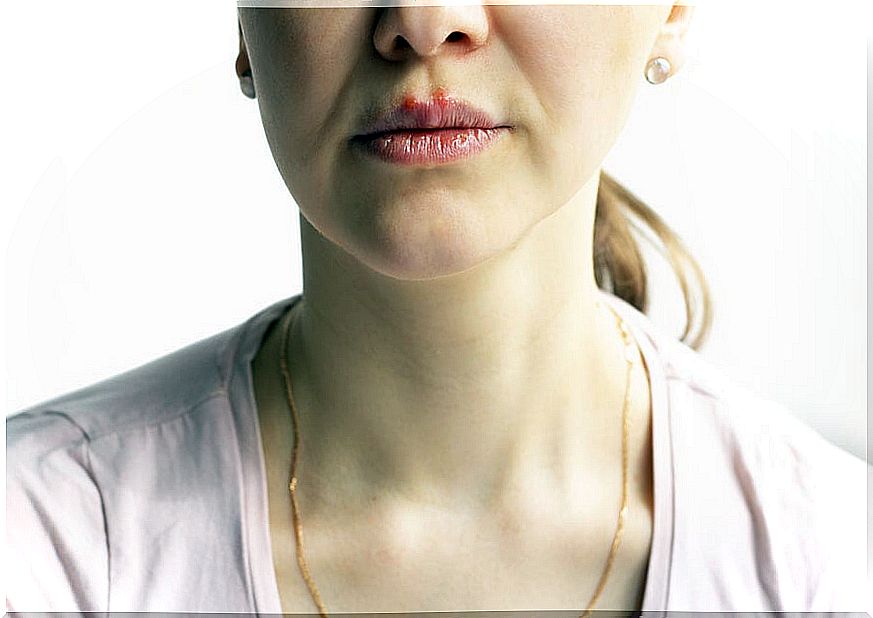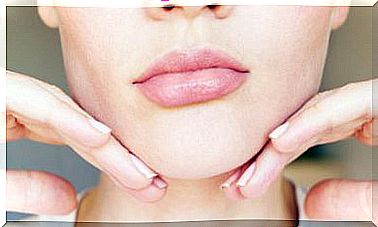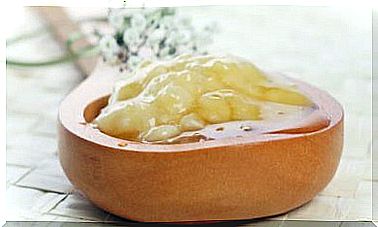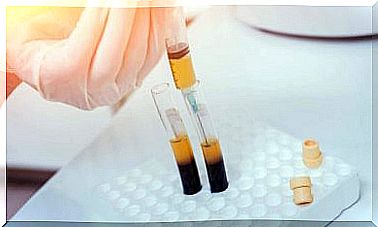Pemphigus Vulgaris: Symptoms And Treatments
Pemphigus vulgaris, although it is a rare disease, has always been of interest to medicine because of its rarity. Its treatment is long-term and, although today it is detected early, it can still cause death.
As a rare skin disease, its distribution in the world is also variable. According to epidemiological studies, there are countries like Israel where five people out of every one hundred thousand suffer from it in a year, while in England it is only one affected every one hundred thousand inhabitants a year.
In pediatric age, the risk of pemphigus vulgaris is minimal. The bulk of cases appear in very old people, and with a tendency to become chronic. There are no differences in the number of patients in the world between men and women.
What is pemphigus vulgaris?
It is an autoimmune disease, that is to say, that the own antibodies attack structures of the organism that they do not recognize, it is not contagious. Those who suffer from it cannot transmit it to others by contact or closeness.
The skin blisters caused by pemphigus vulgaris are not fatal in themselves, but they carry certain complications that can eventually lead to death when treatment is not instituted. Among the most frequent complications we can name:
- Dermal infections
- Sepsis: is the extension of the infection to the blood.
- Malnutrition: due to feeding difficulties due to mouth blisters.
Causes of pemphigus vulgaris

Pemphigus vulgaris is an autoimmune disease in which antibodies in the body attack proteins in the skin. These antibodies destroy the substances that hold skin cells together. When the cells are separated by the attack, the characteristic blisters of the pathology are formed.
A similar situation occurs in another related disease, such as bullous pemphigus. In this case, the antibodies attack the proteins that join the superficial layer of the skin –epidermis– with the intermediate layer –dermis-, separating them.
In pemphigus vulgaris, on the other hand, those that separate are cells that are found in the same layer of the skin: in the epidermis, the superficial layer. When separating and leaving a greater space between them, liquids accumulate that are expressed as blisters towards the outside.
Worldwide studies show the suspicion that there is a genetic component in the disease. As the pathology is more frequent among certain ethnic groups, such as Ashkenazi Jews, for example, it is assumed that there are hereditary factors involved.
Less frequently, drugs have been detected that can have the adverse effect of their administration by provoking pemphigus vulgaris. Among them we can mention:
- Penicillamine.
- Angiotensin-converting enzyme inhibitors, such as enalapril.
- Non-steroidal anti-inflammatory drugs: such as acetylsalicylic acid or aspirin.
Symptoms
The symptoms of pemphigus vulgaris are blisters on the skin and mucous membranes of the body. In some cases there may be peeling of the skin by rubbing or rubbing.
Blisters burst very easily generating the danger of infection. When they burst, the blisters secrete their contents to the outside and leave an open space in the affected skin that favors the entry of bacteria.
The typical location and progression of lesions is that they begin in the mouth, then on the face and the mucous membranes of the genitals, and finally spread to the rest of the body. The patient may report pain, but a diagnostic feature is that the blisters do not itch.
In any case, even with the condition present, the diagnosis is difficult for any professional. For this reason, some complementary methods are usually requested such as:
- Skin biopsy.
- Antibody analysis in blood.
- Oral and digestive endoscopy.

Treatment of pemphigus vulgaris
The easiest presentation to treat is the one that comes as an adverse effect of a drug that the patient is consuming. In that case, simply stopping the drug is usually sufficient. In a short time the blisters disappear.
For the rest of the clinical presentations of pemphigus vulgaris , drug treatments are required guided by professionals with some experience in this type of pathology. Among the most used therapeutic options we have:
- Corticosteroids: if the blisters are few, it can be used as a cream. If there is a greater extension, the oral route with pills such as prednisone is preferred. As always when using corticosteroids, medical monitoring to avoid adverse effects is key.
- Immunosuppressants: being an autoimmune disease, one option is to use drugs that stop the action of antibodies. Medications such as azathioprine, mycophenolate and cyclophosphamide are part of the list that specialists prescribe.
- Third line: when the disease is aggressive and the previously mentioned drugs do not respond, we move to a third line of attack that consists of drugs of greater potency and, therefore, greater possibility of adverse effects, such as dapsone or rituximab.
People with pemphigus vulgaris should see a doctor immediately. Treatment needs to be instituted quickly to avoid complications of the disease. Due to its characteristics, it is not a pathology that can be managed without the correct professional advice.









